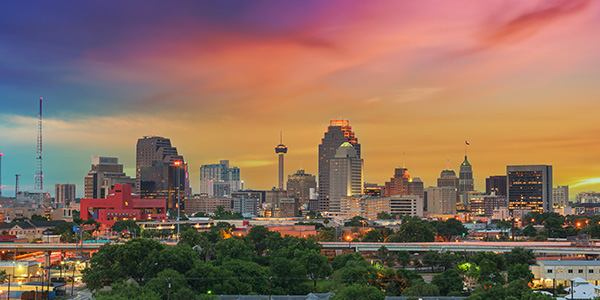Guides
FHA Loans: Bridging the Racial Homeownership Gap
February 16, 2024
When the Federal Housing Administration (FHA) was created in 1934, the United States was in the middle of the Great Depression. The housing market looked very different then. To buy a home, a person had to be able to pay 50% of the market value themselves, then they might be able to qualify for a mortgage covering the other half. This mortgage would have to be repaid within three to five years and would end with a balloon payment. Because of these mortgage terms and the employment conditions, only 1 in 10 households were owned by their residents. The rest were rented.
Since its creation, the FHA has been helping to stabilize the housing market and provide resources to lower-income borrowers. In the 1940s, it helped finance military housing for veterans. In the 1950s-1970s, it catalyzed the production of millions of units for elderly, handicapped, and lower-income Americans. One of the primary tools the FHA uses is its home loans.
In 2022, the U.S. Department of Housing and Urban Development (HUD) laid out its FY 2022-2026 Strategic Plan, the first goal of which is to "support underserved communities." It continues to specify that it is focusing on "equitable community development, particularly for communities of color." As part of HUD, the FHA is playing a significant role in achieving these goals and one of the main ways this is being accomplished is with FHA loans.
What are FHA Loans?
FHA loans have been recognized for years as a resource for borrowers who may have trouble qualifying for more traditional loan options. These loans are guaranteed by the FHA. When a loan is guaranteed by the federal government, lenders can offer more flexible terms and conditions because there is less risk to them.
Should the borrower default on the loan, the FHA will pay the lender a previously agreed-upon amount, insuring the loan against default. This security encourages lenders to offer loans to borrowers who may have lower credit scores, higher debt-to-income ratios, and other financial factors that have previously acted as barriers to homeownership.
FHA Loans and Black Homeownership
According to a recent press release by HUD, approximately a quarter of a million Black homeowners have been able to buy a home in the last three years using an FHA loan. HUD put foreclosure prevention measures in place early in the pandemic, and since then 160,000 Black homeowners who are using FHA loans have been able to avoid foreclosure during times of financial hardship.
The FHA has also made a couple of policy changes to help more borrowers qualify for loans. They are:
- Student loan debt: The FHA has recently changed the way it calculates student loan debt during its underwriting process. This is to make sure that student loan debt doesn't put qualified borrowers at an "unfair disadvantage" when they are trying to get an FHA loan.
- Rental payments: On-time rental payments can now increase the chances of getting approved for an FHA loan. According to HUD, this change specifically "contributed to an increase in approvals, particularly for single Black women."
For the fiscal year of 2023, 30.63% of FHA-insured home loans went to borrowers of color. This is 26 percentage points above the market average.
In the third quarter of 2023, the homeownership rate of Black Americans was around 45%, compared to 74.5% of white Americans. This significant gap is the result of years of discriminatory practices and biased behaviors. Systemic discrimination in lending was not accidental, and we have seen how much those practices can and have been changed. The programs offered by HUD as well as the continued changes to FHA loans and the ongoing commitment to serving the underserved are part of the work that is bringing equity to homeownership.
New American Funding (NAF), an FHA-approved lender, shares the HUD commitment to serving the underserved. By offering programs like FHA loans and the Pathway to Homeownership program for down payment assistance, NAF continues to provide potential homebuyers with the tools they need to make owning a home more accessible. In addition to loans and programs, NAF has built out several initiatives, including NAF Black Impact and NAF Latino Focus. These two initiatives are dedicated to addressing the unique needs faced by the Black and Hispanic communities as we do our part to bridge the racial homeownership gap.








 Smart Moves Start Here.
Smart Moves Start Here.